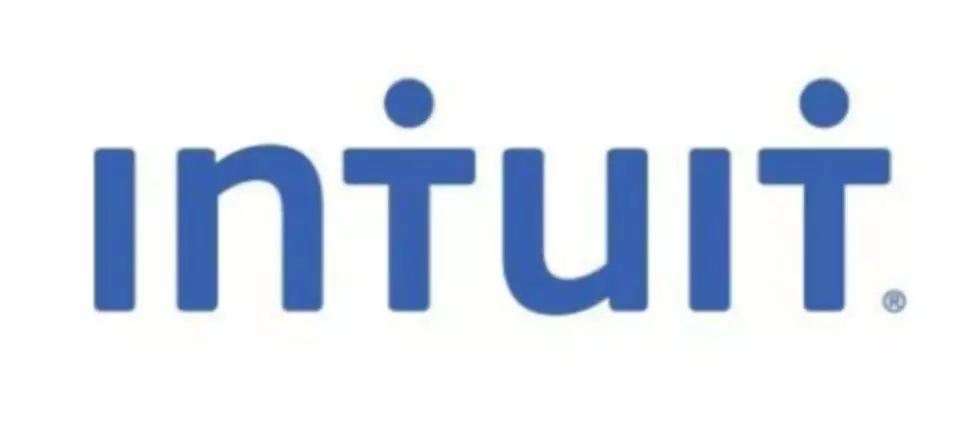Content

When additional machinery or facilities cannot be added to a fulfillment process to reduce WIP inventory, optimizing the on-site workforce your already have can be an effective substitute. Therefore, advice for optimizing your WIP inventory is similar to optimizing your supply chain as a whole. Confusingly, some sites list the terms as interchangeable, just used in different contexts.
How to Calculate Direct Materials Used – Accounting – The Motley Fool
How to Calculate Direct Materials Used – Accounting.
Posted: Wed, 18 May 2022 07:00:00 GMT [source]
To avoid a buildup of WIP inventory, it’s important to work closely with suppliers for the most accurate projections of lead times possible. For example, suppose a company’s beginning WIP inventory costs $15,000, their manufacturing costs $50,000 and their cost of finished goods is $45,000. https://quickbooks-payroll.org/ That’s because a business’s sustained WIP inventory plays a big part in the valuation of their business. WIP isn’t immediately sales-ready and, while it counts as a current asset, isn’t very liquid. If you can’t calculate your WIP, you won’t deserve that warehouse manager salary.
Inventory Days in Businesses
Thus, in most situations, you can use either of the terms interchangeably to refer to unfinished or partially completed goods. Since WIP inventory is an inventory asset, neglecting to include it on your business’ balance sheet can cause your total inventory to be undervalued. For tax purposes, it’s best to track WIP inventory to get an accurate breakdown of what your inventory is actually worth. Any business needs to adopt appropriate inventory management practices and ensure you have accurate WIP inventory values. At the inception stage, most companies prefer manual counting or spreadsheet-based inventory keeping due to the size of production and cost constraints. However, as a company grows, this method becomes both tedious and error-prone.

Work in progress is broader than work in process and can refer to renovation, work assignments, and services. Work in process is generally only used about products in the manufacturing process. The frequency of WIP reporting generally depends on the type of company involved. While public companies must adhere to strict reporting guidelines, private companies typically have fewer reporting requirements, though they are still obliged to value items for tax reasons. The current WIP Inventory value is calculated by determining the cost of all these metrics. It can help you determine whether it makes sense to purchase additional supplies from suppliers before these go out of stock, saving you time and money.
Cost Of Manufactured Goods
Calculating the cost of in-process inventory is relatively complicated compared to calculating the cost of finished goods. This can be attributed to the fact that for in-process inventory, there are numerous revolving components. You need to find a supplier that meets your needs and doesn’t take too much time, money or resources. The more time products spend in an unfinished state, the more likely they are to be lost or damaged in the process. This straightforward explanation of WIP inventory includes a step-by-step formula and explanation of the place of WIP inventory in the end-to-end supply chain. Raw Materials→ The materials on hand that are part of the production process, e.g. commodities. Keeping tabs on your work in process inventory requires some bookkeeping.
In response, you should speak to your suppliers on good terms to establish what your needs are to the closest degree. Try to be clear about what the purpose of the materials are, and how to calculate work in process inventory how they function as part of your processes. Making sure that you are on the same wavelength as your suppliers cannot be underestimated when optimizing your WIP manufacturing.
Join our email list and receive monthly updates, industry insights and curated content. Don’t miss out!
The difference between work in progress and finished goods is a measure of completion of the inventory stage from the raw material. WIP and finished goods refer to the intermediary and final stages of an inventory life cycle, respectively. Company’s Balance SheetA balance sheet is one of the financial statements of a company that presents the shareholders’ equity, liabilities, and assets of the company at a specific point in time. It is based on the accounting equation that states that the sum of the total liabilities and the owner’s capital equals the total assets of the company. As mentioned above, the difference between the two terms is based on their stages of completion. Work-in-progress inventory falls at the intermediary step of production, while finished goods constitute the final production stage. When mixed with human labor, you can classify an item inventory as work-in-process inventory.
- Consequently, some companies use two alternative practices to arrive at an ending work-in-process, which are noted below.
- And keeping that inventory accuracy is important for large and small factories.
- As soon as they are pulled from the back room onto the factory floor (or into your hands if you’re making the hats yourself) they become Work in Process inventory.
- Thankfully, there is a formula, and once you have a grasp it’s going to be easy sailing from there on in.
- If your product is highly customized, you’ll want to make sure your manufacturer is doing all it can to minimize manufacturing costs.
- Unless your business specializes in unique custom products, your manufacturer or supplier will oversee your levels of WIP inventory.
- These elevated lead times have led many merchants to forecasting demand and procuring inventory 6 months in advance .
But until they do, they are an area of cost which should be isolated from your finished products. There is a great benefit to doing this asyou will find that a lot of your production bottlenecks and areas for improvement come in WIP manufacturing. Many a modern manufacturer has found themselves stuck trying to figure out their WIP manufacturing costs. Thankfully, there is a formula, and once you have a grasp it’s going to be easy sailing from there on in. Finally, after the inventory is converted to completed products, $7,000 is deducted from the finished goods account and it will be credited back to the work-in-process inventory account. You spend $300,000 on production and generate completed items for $250,000. A cloud-based inventory accounting software can keep all your data safe and do not risk losing all your financial data.
Inventory Process
The tracking of WIP inventory also helps determine or identify any challenges in the production process, thus enabling them to be resolved faster. Taxation– as indicated earlier, WIP is considered a current asset and is therefore subject to taxation. Undervaluing your WIP inventory can consequently lead to hefty fines from your tax authority. Conversely, overvaluing your WIP could result in paying higher taxes that aren’t the ideal requirement.
- These items and the cost of producing them make up your WIP or work in process inventory.
- Katana gives thousands of manufacturers a live look at their business.
- For a non-manufacturing company such as a retailer or eCommerce business that purchases manufactured goods, the formula for calculating ending inventory and COGS is simpler.
- Here’s a simple example that shows how records shift from debits to credits throughout the production cycle.
- Work in process is generally only used about products in the manufacturing process.
- First, there is the sourcing of requisite raw materials from suppliers.

